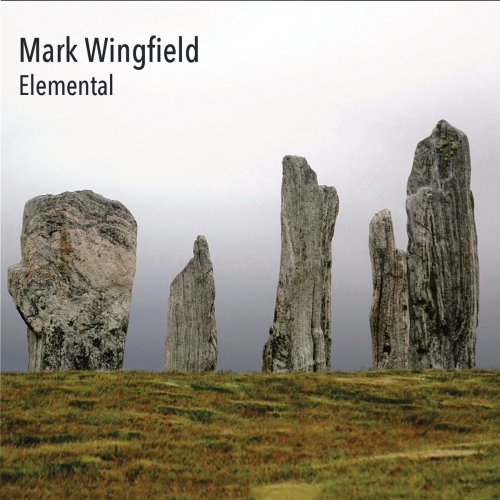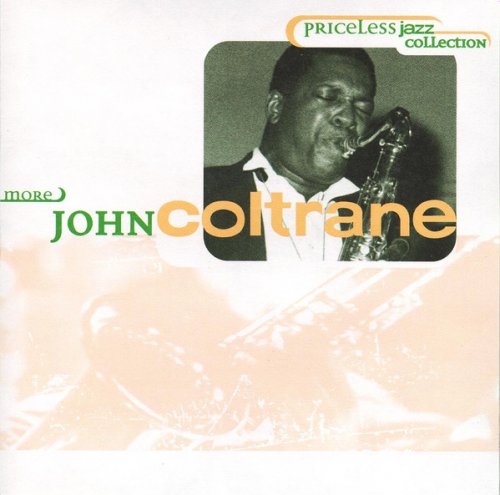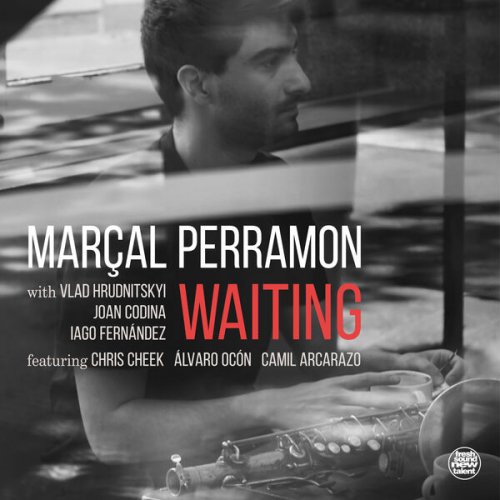L'Estro d'Orfeo & Leonor de Lera - L'arte Di Diminuire (2020) [Hi-Res]

Artist: L'Estro d'Orfeo & Leonor de Lera
Title: L'arte Di Diminuire
Year Of Release: 2020
Label: Challenge Classics
Genre: Classical
Quality: FLAC (tracks) / 24bit-176.4kHz FLAC (tracks)
Total Time: 69:04
Total Size: 395 MB / 2.41 GB
WebSite: Album Preview
Tracklist:Title: L'arte Di Diminuire
Year Of Release: 2020
Label: Challenge Classics
Genre: Classical
Quality: FLAC (tracks) / 24bit-176.4kHz FLAC (tracks)
Total Time: 69:04
Total Size: 395 MB / 2.41 GB
WebSite: Album Preview
01. Descendi in hortum meum di Palestrina passeggiato (4:02)
02. Vestiva i colli. Modo difficile per suonar alla bastarda (4:36)
03. Romanesca per violino solo e basso se piace (4:52)
04. Pulchra es amica mea di Palestrina (5:09)
05. Diminuzioni sopra “Usurpator tiranno“ di Giovanni Felice Sances (6:43)
06. Aria decima quarta a doi violini sopra “La mia pedrina” (4:11)
07. Petit Jacquet da sonar con la Viola Bastarda (4:32)
08. Folia (7:16)
09. Aria quinta sopra “La Bergamasca” (4:24)
10. Io canterei d‘amor di Cipriano per suonar alla bastarda (3:52)
11. O felici occhi miei di Arcadelt (5:05)
12. Vestiva i colli passeggiato a doi. Basso e soprano (3:44)
13. Sonata quinta sopra un’Aria francese (2:37)
14. Petite fleur coincte (3:19)
15. Tarantella del Gargano diminuita (4:50)
Diminutions, the art of extemporary embellishment or melodic variation, were an essential part of performance practice of the Renaissance and early Baroque periods. The basis of diminutions is the fragmentation of a long note or series of long notes into many shorter and faster ones that move around the original melody. In the 16th and early 17th centuries, a composition as written by the composer was often regarded as raw material and it was normal and even required of musicians to embellish the works performed. The number of treatises that were devoted to the teaching of this subject is a clear indication of the importance of diminutions at that time. Most of these manuals included a collection of decorated melodies taken from renowned madrigals, motets and chansons by well-known composers of the time. These pieces give us clear examples of how music was performed during that time and what was considered the proper way to embellish a piece of music. Often technically demanding, these pieces gave scope for virtuoso display as they required great dexterity from the performer. In conclusion, diminutions were added to make a piece of music more ‘beautiful’.
This album explores the widespread practice of diminutions by presenting published examples of diminutions on well-known motets, by master composers; diminutions on popular melodies or dance forms and finally, diminutions composed by the performer as artist. I hope this recording will bring the listeners closer to the subject of diminutions which is, in my opinion, an art in itself.
L’Estro d’Orfeo:
Leonor de Lera, baroque violin
Josué Meléndez, cornett, recorder
Rodney Prada, viola da gamba
Josep Maria Marti, theorbe, baroque guitar
Javier Núnez, harpsichord, organ
This album explores the widespread practice of diminutions by presenting published examples of diminutions on well-known motets, by master composers; diminutions on popular melodies or dance forms and finally, diminutions composed by the performer as artist. I hope this recording will bring the listeners closer to the subject of diminutions which is, in my opinion, an art in itself.
L’Estro d’Orfeo:
Leonor de Lera, baroque violin
Josué Meléndez, cornett, recorder
Rodney Prada, viola da gamba
Josep Maria Marti, theorbe, baroque guitar
Javier Núnez, harpsichord, organ




![Frank Sinatra, Count Basie - It Might As Well Be Swing (1964) [2021 SACD] Frank Sinatra, Count Basie - It Might As Well Be Swing (1964) [2021 SACD]](https://www.dibpic.com/uploads/posts/2025-12/1766090910_scan-1.jpeg)

![The Mood Mosaic - Soul Seduction (2025) [Hi-Res] The Mood Mosaic - Soul Seduction (2025) [Hi-Res]](https://www.dibpic.com/uploads/posts/2025-12/1766135288_d5rmbmuwqtmya_600.jpg)

![Bryan Ferry - Bitter-Sweet (2018) [Hi-Res] Bryan Ferry - Bitter-Sweet (2018) [Hi-Res]](https://www.dibpic.com/uploads/posts/2018-11/1543491501_folder.jpg)